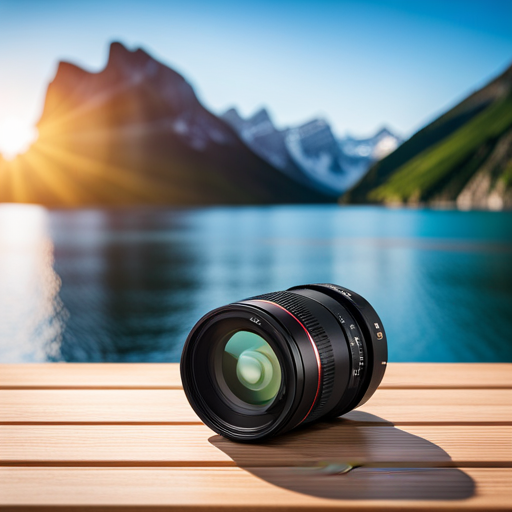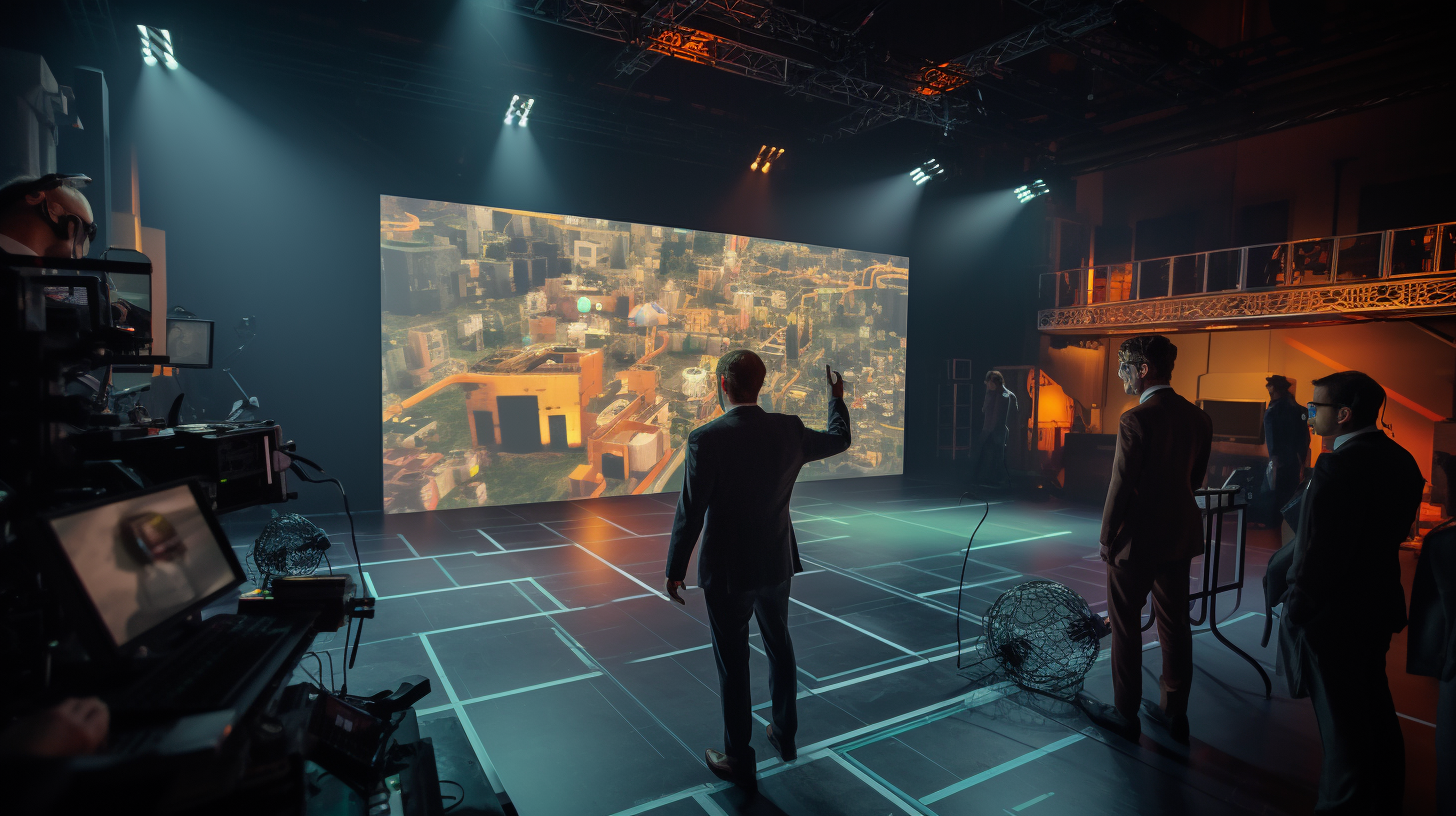When it comes to photography, the camera is just the beginning. The real magic lies in the lens you choose. Different lenses offer different perspectives, effects, and styles, and understanding them is crucial to achieving your photography goals.
In this beginner’s guide, we’ll break down the basics of camera lenses and help you choose the right one for your needs.
First, we’ll dive into the two most important factors that determine the look of your photos: focal length and aperture. These two settings are the key to controlling depth of field, perspective, and overall sharpness.
Once you understand these concepts, we’ll explore the different types of lenses available, from versatile zoom lenses to sharp prime lenses to detailed macro lenses.
By the end of this guide, you’ll have a solid foundation for choosing the right lens for your photography goals and taking your skills to the next level.
Understanding Lens Focal Length and Aperture
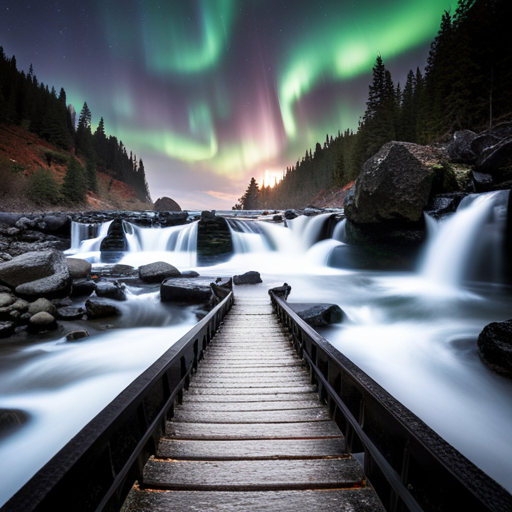
Now, you’re probably wondering, “What’s the deal with lens focal length and aperture?” Well, think of focal length like a zoom on a camera, and aperture like a pair of sunglasses adjusting to the brightness of the sun. It’s all about controlling the amount of light that enters the lens.
Focal length refers to the distance between the lens and the camera sensor when the lens is focused on infinity. Shorter focal lengths, such as 18mm, provide a wider angle of view, while longer focal lengths, such as 200mm, provide a narrower angle of view. Understanding focal length is important because it affects the depth of field, which is the area of the image that is in focus.
Aperture, on the other hand, is the opening in the lens that controls the amount of light that enters. Measured in f-stops, larger f-stop numbers indicate a smaller aperture opening and less light entering the lens. Aperture also affects the bokeh, or artistic blur, in the background of an image. A wider aperture, such as f/1.4, will produce a shallower depth of field and a stronger bokeh effect, while a smaller aperture, such as f/16, will produce a larger depth of field and a less noticeable bokeh effect.
Understanding lens focal length and aperture is crucial for achieving the desired effect in your photographs. By controlling the depth of field and bokeh, you can create artistic images that stand out. Experiment with different settings to find the perfect combination for your subject and style, and don’t be afraid to try new things. With practice and patience, you’ll soon be able to master the art of lens focal length and aperture.
Zoom Lenses: Versatility and Convenience
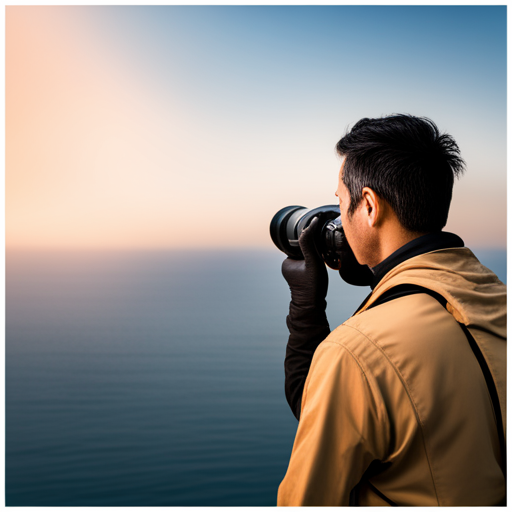
You’ll love the versatility and convenience of zoom lenses, making it easier to capture the perfect shot without constantly changing lenses.
Zoom lenses allow you to quickly adjust from a wide-angle to a telephoto reach without the need for cumbersome lens changes. This is especially useful in situations where you need to capture a variety of shots quickly, such as at a sporting event or during a wedding ceremony.
Image stabilization is another great feature found in many zoom lenses. This technology helps reduce blur caused by camera shake, allowing you to capture clear, crisp images even when shooting handheld. This is especially useful when using longer focal lengths, where camera shake is more likely to occur.
When shopping for a zoom lens, consider factors such as focal length range, maximum aperture, and image quality. While zoom lenses can be a bit more expensive than their prime counterparts, the versatility they offer can make them a worthwhile investment for any photographer.
So next time you’re out shooting, consider adding a zoom lens to your arsenal and see how it can enhance your photography.
Prime Lenses: Sharpness and Depth of Field Control

If you want to take your photography to the next level, consider investing in a prime lens. A prime lens is a lens that has a fixed focal length, which means it can’t zoom in or out. Despite this limitation, prime lenses are popular among professional photographers because they offer sharper images and greater control over depth of field.
One advantage of using a prime lens is the ability to achieve a shallower depth of field, which can create stunning bokeh aesthetics. Bokeh refers to the blur in the out-of-focus areas of an image, and it can be used creatively to add a sense of depth and dimension to your photos. With a prime lens, you can set a wider aperture and achieve a shallower depth of field, resulting in a more pronounced bokeh effect.
Another benefit of prime lenses is the quality of the images they produce. Because they have a fixed focal length, prime lenses have fewer moving parts than zoom lenses and can be manufactured with higher quality materials and lens coatings. This results in sharper, more detailed images with minimal distortion.
So, if you’re looking for a lens that can help you capture stunning images with greater control over depth of field, consider investing in a prime lens.
Macro Lenses: Close-Up Photography and Detail
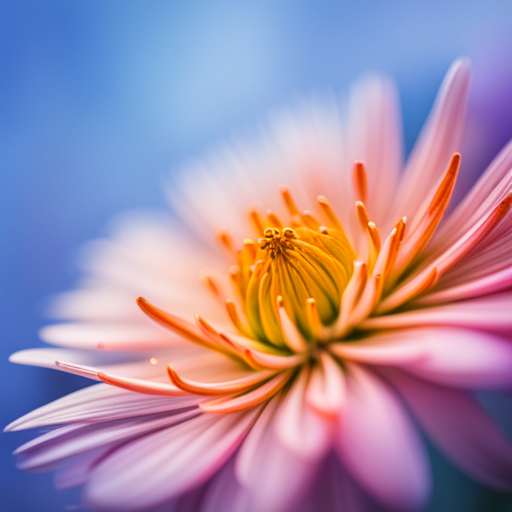
To capture the intricate details of small subjects like flowers or insects, you need a macro lens that lets you get up close and personal with your subject. Macro lenses have a close focusing distance that allows you to take photographs at a 1:1 ratio or greater, meaning that the size of your subject in the photo will be the same as its actual size in real life. This reveals a world of textures and colors that’s often overlooked by the naked eye.
When using a macro lens, lighting can be a challenge. Because you’re so close to your subject, it can be difficult to get adequate light on the subject without casting shadows or causing unwanted reflections. One technique to overcome this is to use a diffuser to soften the light and create a more even illumination. Another technique is to use a reflector to bounce light onto the subject from a different angle.
Choosing the right subject for macro photography is also important. Look for subjects that have interesting textures or patterns, such as flowers, insects, or even everyday objects like coins or jewelry. Experiment with different angles and compositions to create a unique image. With a macro lens, you can capture the smallest details of your subject and create a stunning image that reveals a whole new world.
Choosing the Right Lens for Your Photography Goals
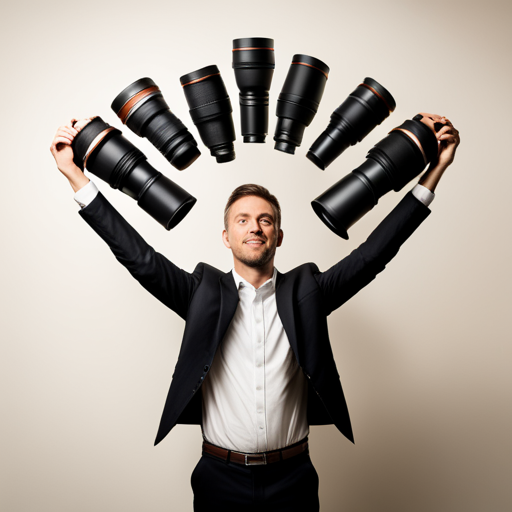
Choosing the right lens for your photography goals requires careful consideration of the subject, lighting, and composition. First and foremost, you need to identify your goals and determine your budget considerations before making a purchase. Different lenses come with varying price tags, so it’s important to understand what features you need and how much you’re willing to spend.
In addition to budget considerations, you also need to factor in lens compatibility. Not all lenses are created equal, and not all lenses work well with your camera body. Before making a purchase, research which lenses are compatible with your camera and which ones are not. This will save you time, money, and frustration in the long run.
Once you have determined your budget and lens compatibility, take into account the type of photography you plan on doing. For example, if you’re interested in portrait photography, a prime lens with a wide aperture might be the best option. If you’re interested in landscape photography, a wide-angle lens might be more suitable. Carefully think about your photography goals and select a lens that aligns with those objectives.
With a little bit of research and consideration, you can choose the right lens to help you capture stunning photos.
Frequently Asked Questions
How do I clean my camera lenses without damaging them?
To maintain your lens, use a microfiber cloth to gently wipe away any dirt or smudges. Avoid using harsh chemicals or paper towels as they can scratch the lens. Consider investing in a lens cleaning solution for tougher stains.
What is the difference between a manual and autofocus lens?
Did you know that over 80% of professional photographers prefer manual lenses? Manual lenses offer better control and accuracy, making them a great choice for beginners. However, autofocus lenses are more convenient for those who prioritize ease of use.
Can I use a lens from one camera brand on another brand’s camera body?
Yes, you can use a lens from one camera brand on another brand’s camera body, but it depends on lens compatibility and cross brand compatibility. Make sure to research and confirm before making a purchase.
How do I know if a lens is compatible with my camera body?
You must ensure lens compatibility before making a purchase. Your camera body requirements must match the lens specifications to avoid any issues. Don’t risk losing a perfect shot; check first.
Are third-party lenses as good as lenses made by the camera manufacturer?
Third-party lenses can be as good as those made by the camera manufacturer. Before buying, research the image stabilization comparison and pricing differences. Don’t be swayed by brand names alone.

